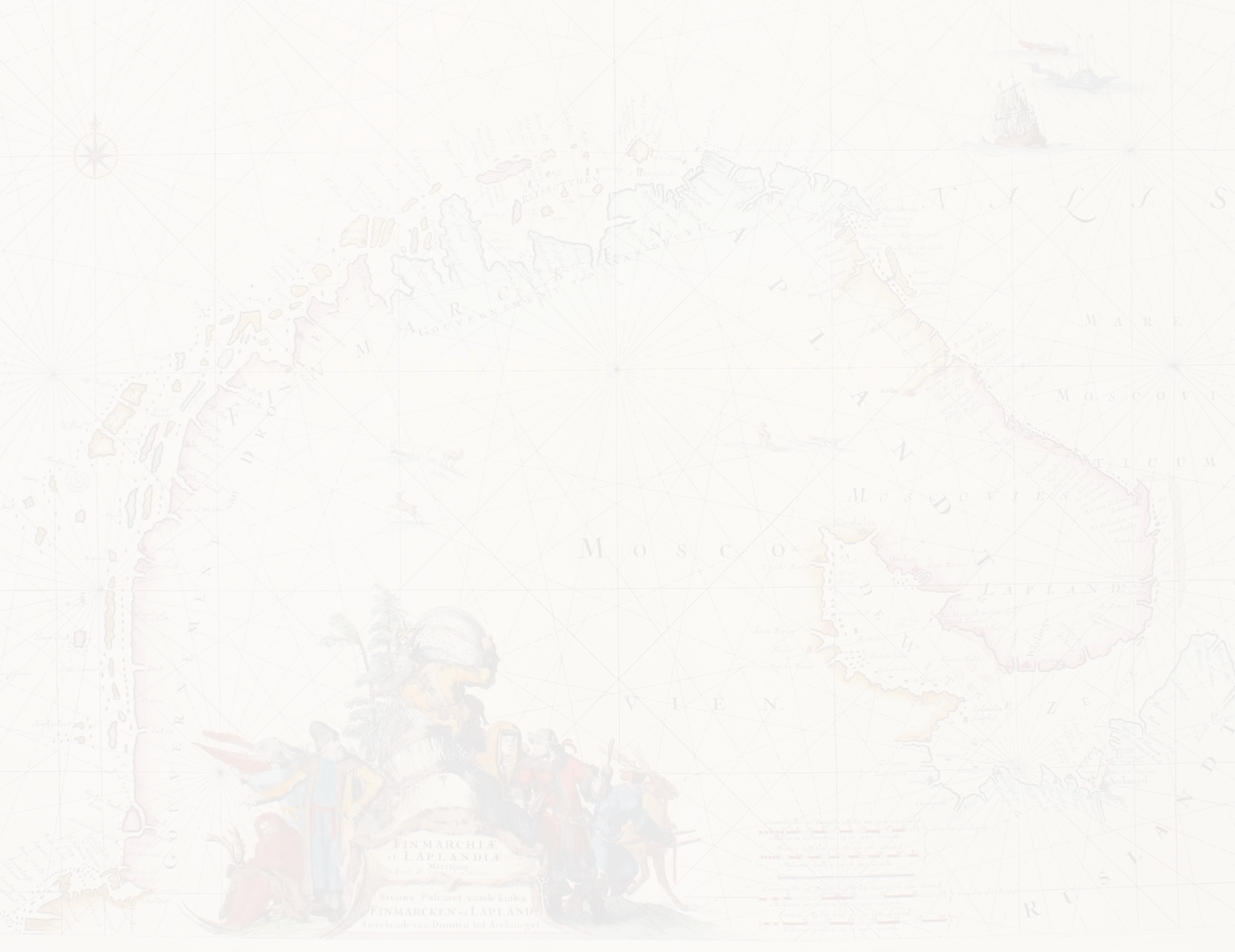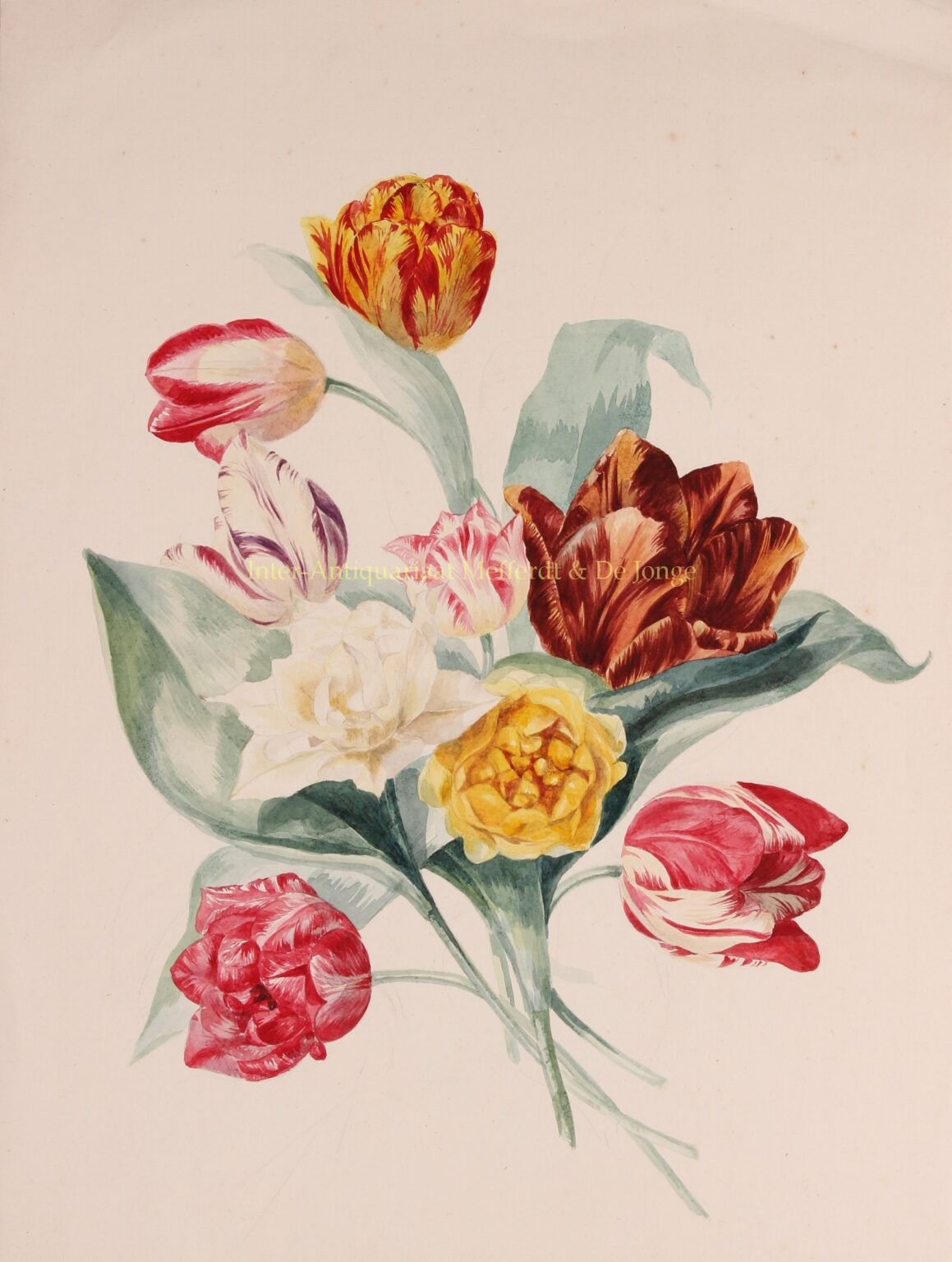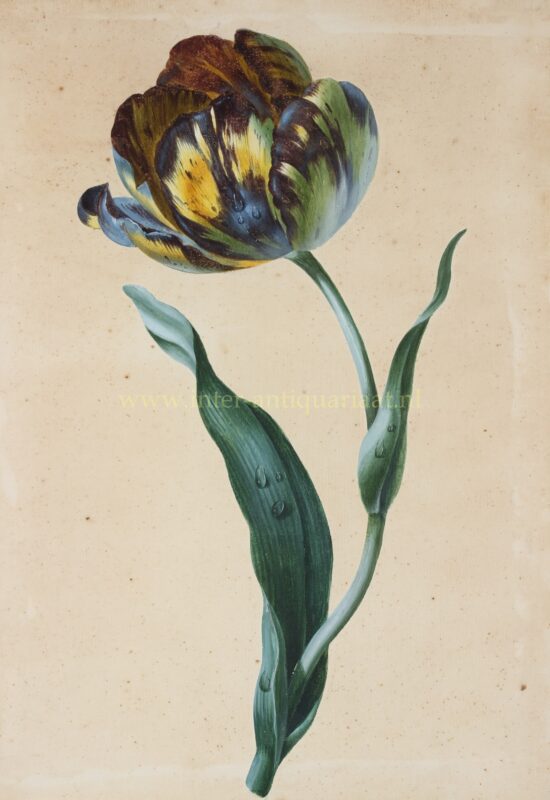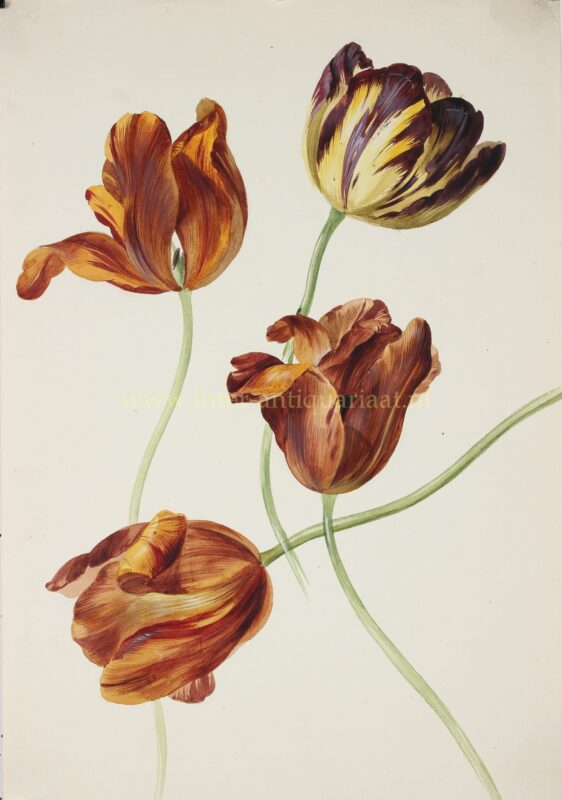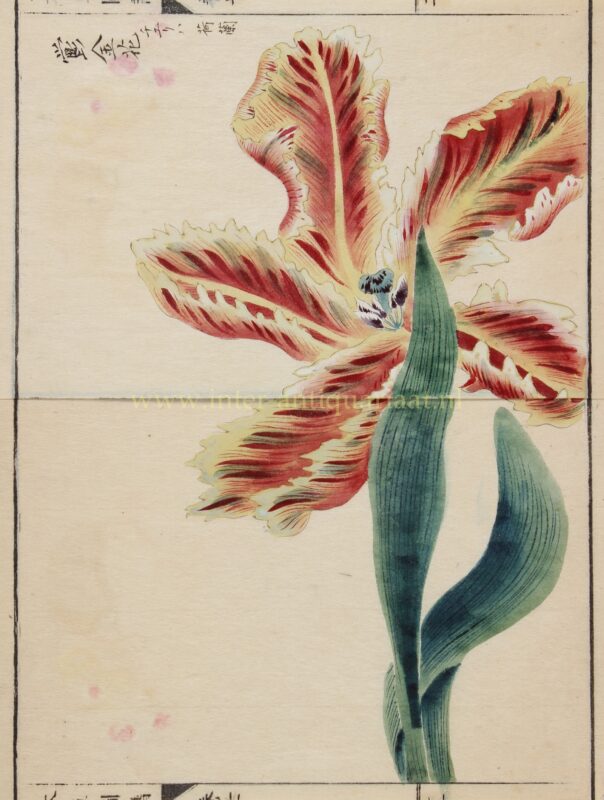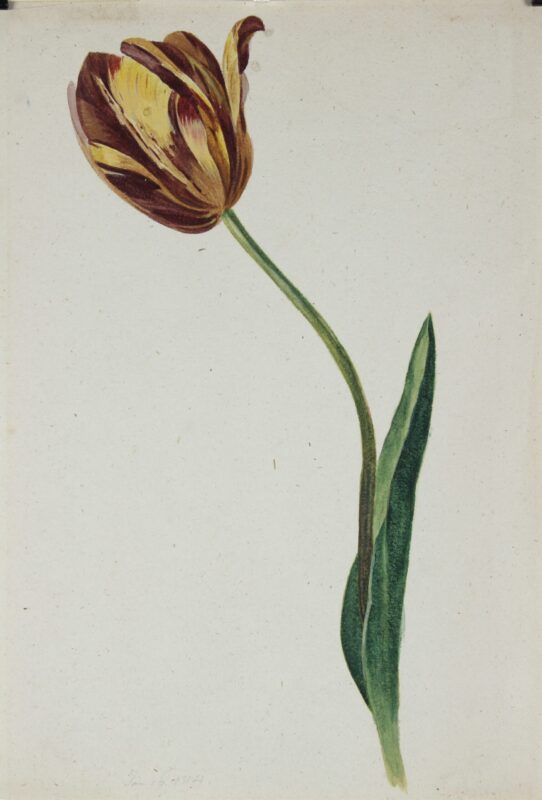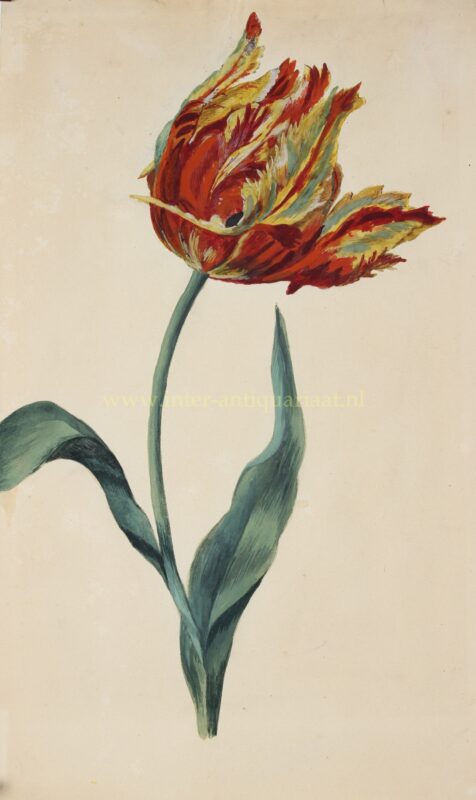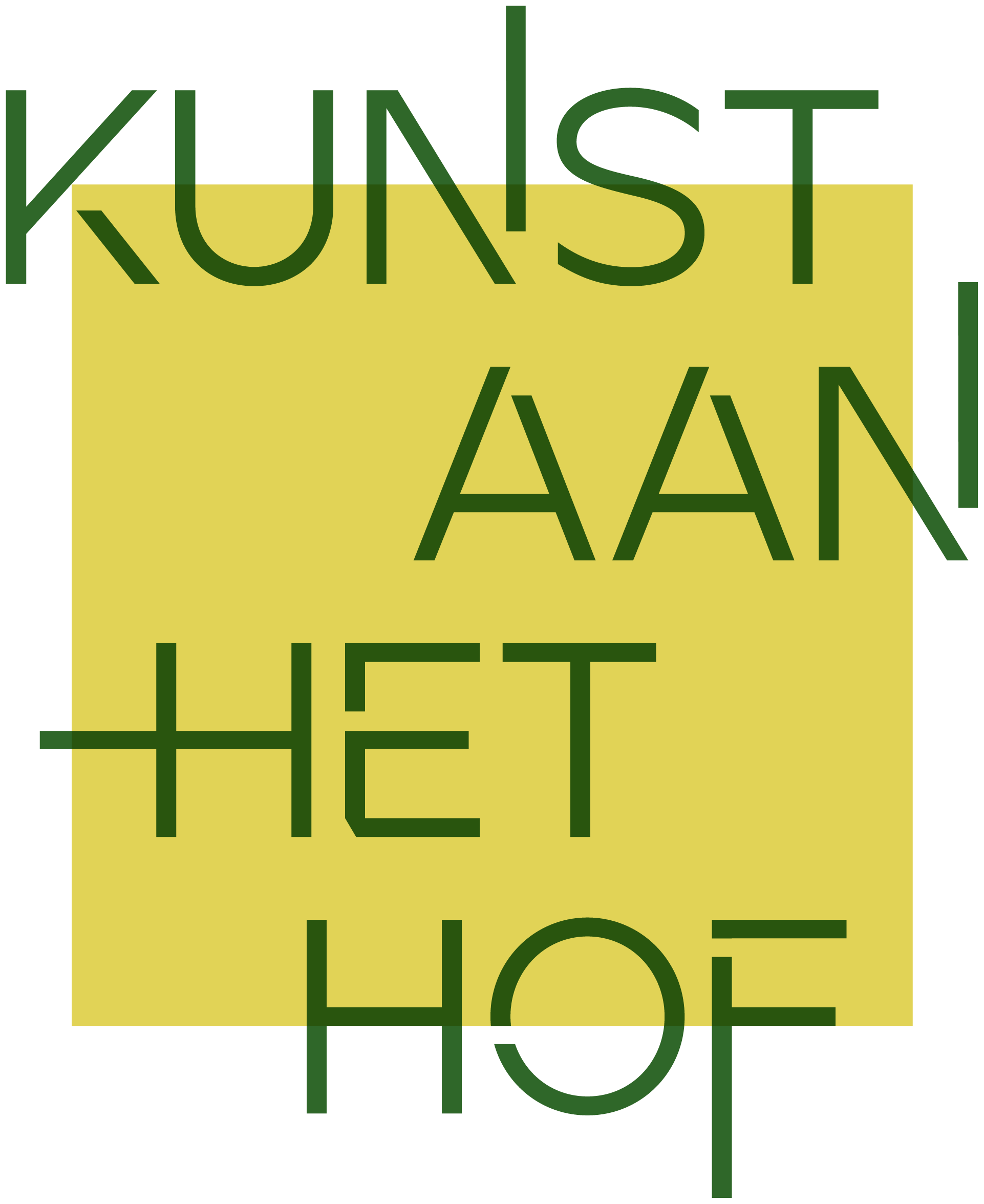The 18th century, marked by the Enlightenment, saw a surge in scientific inquiry and classification. Botanical gardens and herbaria flourished, and the need for precise plant illustrations grew. This period witnessed significant advances in engraving techniques, allowing for more detailed and accurate representations of plants.
Carl Linnaeus, a Swedish botanist, revolutionized botany with his system of plant classification. His work required accurate illustrations to accompany descriptions, leading to collaborations with skilled artists like Georg Dionysius Ehret. Ehret’s meticulous and vibrant illustrations set a new standard, blending scientific precision with aesthetic appeal.
In France, Pierre-Joseph Redouté became renowned for his exquisite watercolors of plants. Often called the “Raphael of flowers,” Redouté’s works, such as “Les Liliacées” and “Les Roses,” were celebrated for their lifelike quality and beauty. His illustrations were not only scientifically valuable but also highly sought after as art.
View our collection


